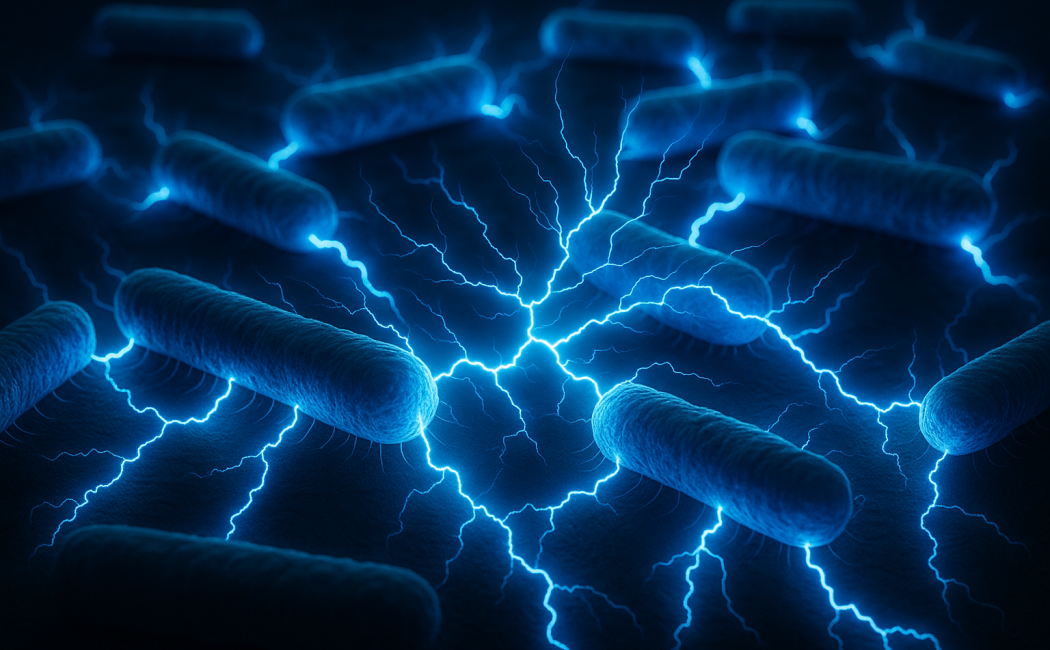
Bacteria reveal hidden powers of electricity transfer
02 October, 2025
Microbes are masters of survival, evolving ingenious strategies to capture energy from their surroundings. For decades, scientists believed that only a handful of bacteria used specialized molecular “circuits” to shuttle electrons outside their cells — a process known as extracellular electron transfer (EET). This mechanism is critical for cycling carbon, sulfur, nitrogen, and metals in nature, and it underpins applications ranging from wastewater treatment to bioenergy and bioelectronics materials.
Now, KAUST researchers have discovered that this remarkable ability is far more versatile and widespread than previously imagined.
Working with Desulfuromonas acetexigens — a bacterium capable of generating high electrical currents — the team combined bioelectrochemistry, genomics, transcriptomics, and proteomics to map its electron transfer machinery. To their surprise, D. acetexigens simultaneously activated three distinct electron transfer pathways previously thought to have evolved separately in unrelated microbes: the metal-reducing (Mtr), outer-membrane cytochrome (Omc), and porin-cytochrome (Pcc) systems.